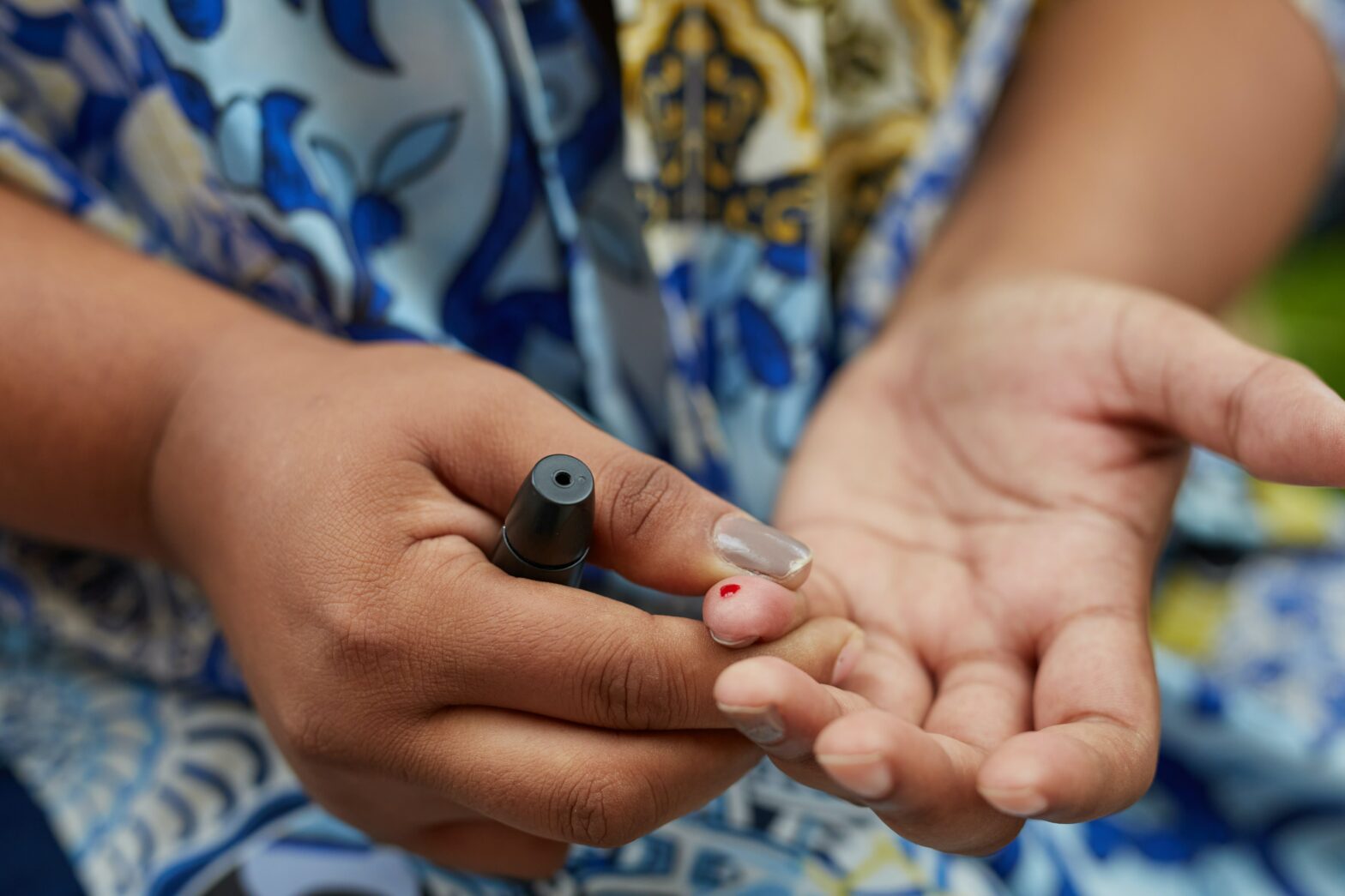Testosterone, the herald of masculinity, has long been shrouded in a cloak of mystery and misinformation. Like a maestro conducting an orchestra, it orchestrates a symphony of functions within men’s bodies, from sculpting muscular frames to igniting the flames of desire. Yet, amidst a sea of tales tall enough to rival the clouds themselves, separating the wheat from the chaff when it comes to testosterone’s true influence becomes a quest of Herculean proportions.
With the precision of a craftsman, we shall chip away at these myths to reveal the marble truth beneath. Keep reading as we unfurl the scroll of knowledge, distinguishing testosterone facts from fiction in the tapestry of men’s health.
Key Takeaways
- Testosterone Is the Maestro in the Symphony of Men’s Health, Impacting Both Physical Vigor and Mental Wellbeing
- Natural Testosterone Production Cannot Be Completely Replaced by Supplements, Which Act as One Instrument Among Many in Health Management
- Age, Genetics, and Lifestyle Uniquely Affect Each Man’s Testosterone Levels and Their Natural Decline Over Time
Maintaining Testosterone Levels Can Be Supported by Disciplined Lifestyle Choices, Including Proper Exercise, Nutrition, and Stress Management - Testosterone Replacement Therapy and Alternative Treatments Should Be Approached With Careful Consideration and Evidence-Based Decision-Making
Understanding Testosterone’s Role in Men’s Bodies
Amidst a symphony of hormones that orchestrate the ebb and flow of a man’s physiology, testosterone stands as the maestro, wielding its baton to command both corporeal vigor and mental fortitude. With the scientific community peeling back layer upon layer, it’s become clear that this hormone’s influence extends far beyond the simplistic association with masculinity.
My journey, much like a curious biologist peering through a microscope, aims to magnify the often-obscured nuances of how this potent chemical shapes our well-being. From the sinewy strength it bestows upon our muscles to the silent whispers it casts upon our cognitive states, testosterone’s narrative is one rife with complexity and nuance.
Join me as we unveil the physical tapestry it weaves within us, and peer into the looking glass at the psychological reflections testosterone can cast. Together, we’ll transcend myths and discover the intricate interplay of testosterone within the theater of men’s health.
Discovering How Testosterone Impacts Physical Health
Every heartbeat pulses its testament to testosterone’s unseen influence, sending this essential hormone coursing through veins to invigorate muscle fibers with responsive power. Like invisible hands molding clay, testosterone shapes the physical form, chiseling away weaknesses to fortify the architecture of male vitality.
It whispers secrets of endurance to sinews and sustains the quiet embers of metabolic fires, ensuring that the body’s internal machinations hum with life’s vibrant energy. In the grand gallery of health, testosterone hangs as a masterwork, subtly tuning each physiological string to resonate with robust harmony.
Exploring the Psychological Effects of Testosterone
Beyond its dominion over muscle and marrow, testosterone casts a profound spell upon the sanctum of the mind. Its tendrils reach into the labyrinthine corridors of mood, cognition, and desire, forging an invisible scaffold that underpins the edifice of emotional stability and intellectual vigor.
As I delve into the cerebral chambers where this hormone holds court, the evidence I unearth shatters the stereotype of testosterone as merely a brew of aggression. Rather, it emerges as a guardian of psychological equilibrium, subtly influencing everything from assertiveness to the pulsing rhythms of confidence that beat within a chest.
Embarking on this hormonal odyssey, we’ve navigated the twisting rivers of testosterone’s influence on men’s bodies. Now, let’s shatter the glass of misconceptions surrounding testosterone supplements with hammer blows of truth.
Debunking Common Myths About Testosterone Supplements
Amid the clamor of conflicting information and the dazzling array of testosterone boosters lining health aisle shelves, my thirst for clarity beckons me to sift through fact and fiction. My quest is to illuminate the obscured paths between the myths shrouding testosterone supplements and the unadulterated truth lying patiently beneath.
As I traverse the terrain of biological enigmas, I endeavor to lay bare the fundamental distortions entwining natural production enhancement and the misunderstood role of boosters in this delicate balance. Armoring ourselves with knowledge, we shall discern the line where science and misconception intersect, in our continuous odyssey for genuine understanding of men’s health.
Myth vs. Reality: The Truth About Boosters
Against a backdrop of proliferating potions promising virility, discernment becomes our ally. I strive to distill the essence of testosterone supplementation: it is no magic pill.
As I lift the veil on unsubstantiated promises, I discover that many supplements ride the wave of illusion, steeped more in hope than in efficacy. The truth requires a tempered approach, acknowledging the supplement’s role as merely one instrument in the grand orchestra of health management.
Addressing Misconceptions on Natural Production Enhancement
Embarking on this clarifying venture, I confront the widely held belief that men can simply crank up their natural testosterone production on a whim. Each man’s endocrine system is a finely-tuned instrument, and while certain lifestyle adjustments -such as improved sleep, nutrition, and exercise- can potentially amplify hormonal harmonies, they are not universal keys unlocking peak levels for all.
In my quest, I recognize the perils of succumbing to the notion that natural enhancement equates to an effortless windfall of hormonal riches. The truth is a more intricate mosaic than many perceive, with factors like genetics and age playing pivotal, often immutable, roles in the body’s hormone production capabilities. As we pierce the veil of testosterone supplement myths, an inevitable narrative unfolds. Let us now explore the intricate tapestry that weaves together the threads of time and testosterone.
The Connection Between Age and Testosterone Levels
As I navigate the labyrinth of men’s health, a poignant truth emerges: time etches its narrative on the canvas of our beings, with testosterone levels ebbing and flowing in its quiet tide.
Like leaves that heed the call of autumn, hormone levels shift with the seasons of a man’s life.
My exploration punctuates the significance of understanding these temporal shifts, pursuing strategies to nurture testosterone’s presence in our ever-evolving biological milieu.
Subsequent sections will dissect the chameleon-like nature of hormone levels through the years, and share strategies to bolster these levels with nature’s wisdom, all while embarking on this chronicle with eyes wide open to the passages of time.
Examining the Changes in Hormone Levels Over Time
Time’s relentless march shapes more than just the outward appearance of men; it insidiously weaves into the hormonal fabric that quietly dictates vitality: testosterone levels naturally decline as one crosses the threshold into middle age.
With a vigilance that never rests, my investigations uncover that the tempo of decline is not uniform across all individuals; genetic predisposition, lifestyle, and overall health create a personalized trajectory for testosterone levels as the years unfurl their tapestry.
Strategies to Maintain Healthy Levels Naturally
Manifesting the vigor of my youth as the years accumulate might resemble an uphill battle, yet I’ve found embracing nature’s rhythm arms me with potent strategies. Lifestyle choices are the cornerstone, with each action rippling through my system, coaxing the hormone levels to maintain their dance a while longer.
Discipline clutches the reins in this journey: resistance training whispers strength to weary muscles, while dietary diligence showers cells in a cascade of nutrients, each choice a deliberate step toward hormonal equilibrium. A tapestry of sound sleep, stress reduction, and abstinence from hormonal disruptors completes the mosaic of natural interventions that beckon testosterone to stay in its prime.
- Resistance training to reinforce muscular health
- Optimized nutrition for cellular nourishment
- Quality sleep as a cornerstone of endocrine function
- Stress management to calm hormonal tempests
- Avoidance of endocrine disruptors to protect hormone balance
Time marches on, relentless and unforgiving, tracing its path in the ebb and flow of our body’s symphony of hormones. Now, let me guide you through the hallmarks that signal when this vital tune begins to wane.
Recognizing Signs of Low Testosterone in Men
Embarking on a voyage through the tempestuous seas of men’s health, I’ve found myself standing at the prow, peering into the murky waters of hormonal imbalance. The beacon of my inquiry now focuses on the often-overlooked signs that whisper of low testosterone—a silent siege within the fortress of a man’s body.
With an eye toward demystification, I gear up to decode the physical clues that betray a hormonal deficit, whilst not neglecting the emotional heralds that often precede visible symptoms. My quest leads to a dual exploration: unearthing the subtle, yet significant, indicators lurking beneath the surface both in body and spirit.
Identifying Physical Indicators of Hormonal Imbalance
Navigating the waters of health, one must heed the bodily buoys marking the presence of low testosterone. Lean muscle mass begins to wane like a retreating tide, and the once firm terrain of flesh feels softer, a silent testament to hormonal shifts:
- Diminished muscle mass signaling a retreat in testosterone’s stronghold
- Increased body fat, particularly around the abdomen, acting as a flag of hormonal change
- Weaker bone density, perhaps whispering the earliest warning signs of deficiency
Energy levels, once boundless like a coursing river, now encounter unexpected droughts, leaving one stranded in bouts of fatigue that beg for explanation. This sudden need for rest, where vigor used to reside, suggests an internal dialogue between cells and dwindling hormonal guests.
Acknowledging the Emotional Symptoms to Watch For
My odyssey through the realms of testosterone does not end with the physical; it boldly ventures into the shadowy realms of the psyche where whispers of emotional turbulence may signal hormonal decline. It is here that I’ve learned to recognize the subtle, yet pervasive shifts—like the quiet undercurrent beneath a still pond—a sudden unrest in what was once the serene waters of a man’s mental well-being.
In my pursuit of truth, an intimate look at these symptoms reveals a landscape rife with unexpected mood swings that carry the weight of dawning realization. These signs, a flagging zest for life’s endeavors and a creeping blanket of uncharacteristic gloom, bear witness to testosterone’s retreating figures in the theater of the mind. Now, let’s shift gears to galvanize our glands. With insight into symptoms, we’ll explore sustenance and practices that elevate testosterone to its rightful throne.
Foods and Habits That Boost Natural Testosterone
Embarking on a quest to illuminate the shadows cast by misinformation, I find myself standing at the crossroads of diet and daily habits, as they intertwine with the fabric of men’s endocrine health. It is here, amidst the everyday choices and the sustenance we offer our bodies, where I shall reveal the pivotal players in the symphony of hormone regulation.
Gathering insights from nature’s own pantry, I shall uncover the very elements that whisper life into the metabolic processes responsible for the ebb and flow of testosterone. Simultaneously, turning the lens on the mosaic of lifestyle practices, I intend to forge a path that demystifies their impact on our internal hormonal milieu.
Listing Nutrients Essential for Hormone Production
Embarking on my quest to unearth the edible foundations of hormonal health, I’ve uncovered a network of nutrients vying for attention in testosterone’s tale. Among them, zinc looms large, a stalwart gatekeeper, ensuring enzymes involved in testosterone production fumble not in their vital tasks.
My palate of exploration has savored the discovery that vitamin D, often sun-kissed into being, plays its part akin to a bard lifting the spirits, bolstering the body’s natural ability to synthesize this quintessential hormone. This vital nutrient’s narrative entwines with the very genes governing testosterone’s synthesis, offering its silent yet potent support to the endocrine chorus.
The Impact of Lifestyle Choices on Hormonal Health
My days narrate a tale of continuous commitment, where each stride, each morsel I choose, converses with the invisible realms of hormonal health. As I lay my head upon the pillow, sleep weaves its restorative magic, an indispensable ally in nurturing the delicate equilibrium of my endocrine system.
Alighting on this revelatory journey through science’s landscapes, I’ve embraced the revelation that chronic stress is the saboteur of hormonal harmony, corrupting testosterone’s sanctuary. In my pursuit, mastering the serene art of stress management has proven to be a bastion against the tide of hormonal havoc. Fueled by nature’s bounty, our bodies can soar to hormonal harmony. Yet when shadows fall on this delicate dance, the quest for balance beckons.
Navigating Treatment Options for Low T-Level Issues
Standing sentinel at the gates of men’s health, I journey onward into the labyrinth where options for treating low testosterone levels beckon with both promise and caution. My endeavors disclose a host of interventions, from lifestyle modifications to medical therapies, each waving its unique flag, vying for consideration.
My foray into the clinical realm exposes me to testosterone replacement therapy (TRT), a treatment illuminating the path for many, yet it’s not a beacon for every lost ship on the hormonal sea. This intervention weaves a complex tapestry of potential gains interlaced with considerations personal to each voyager’s health profile.
Doctor-patient dialogues are the compass guiding this ship: open, honest exchanges of symptoms, fears, and hopes to shape a mutually charted course through the TRT treatment decision-making process. I remain an ardent advocate for clasping these conversations tightly, the keel steadying the treatment odyssey through waves of uncertainty.
A ripple in the water; alternative treatments whisper of herbal supplements and acupuncture, their murmurs a testament to mankind’s eternal quest for natural solutions to bodily enigmas. Yet, with each step forward, I ply the depths with discernment, acutely aware that the siren song of such alternatives must be grounded in evidence before steering the helm toward their shores.










